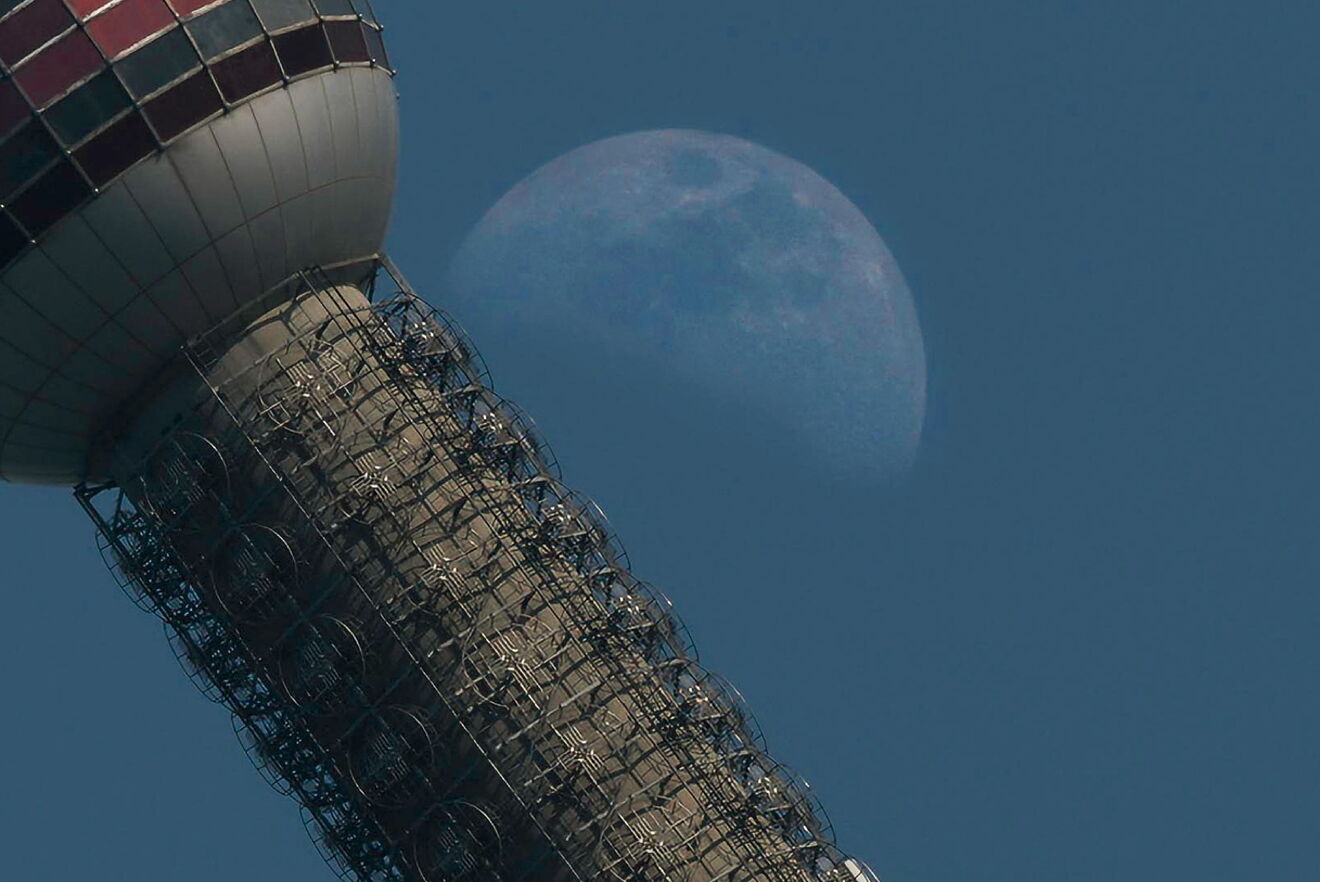- US. How to know if you have unclaimed payments and how to get them?
- US. What time do stores open for Black Friday?
Native Americans traditionally measured time by observing seasons and lunar months, with variations among tribes.
Some counted four seasons, while others recognized five, starting at different times. The concept of a year could be based on 12 or 13 Moons, with adjustments made to align with seasons. Each tribe had its own Moon names, often changing yearly and describing activities or events during that period.
Colonial Americans adopted Native American Moon names, incorporating them into the Julian and later Gregorian calendars.
The Beaver Moon, known as the Frost Moon, marked November's full moon for colonists and Algonquin tribes.
It coincided with beavers' heightened activity, prompting the setting of traps before swamps froze to secure warm winter furs. Beaver pelts were vital for crafting durable winter clothing.
The Beaver Moon was historically associated with beaver trapping. While beavers are less significant today, the tradition persists, and the Beaver Moon was often a supermoon, appearing larger and brighter due to its proximity to Earth during perigee.
Trappers also targeted fully-grown beavers for their fur during this time for their thick pelts, making it an ideal season for trapping. Other names for this full moon include the Frost Moon and Freezing Moon due to the dropping temperatures.
Understanding these traditions provides insight into the cultural significance and practices of Native American tribes and early American colonists concerning lunar cycles and seasonal activities.
When will the Beaver moon peak?
The Beaver Moon will reach its peak at 04:16 EST on November 27, visible near full just after sunset on the preceding day. Optimal viewing occurs during moonrise on the day of peak illumination (North America) or the following evening (Europe).
The Beaver Moon will exhibit its largest and brightest appearance during dusk on the eastern horizon, potentially appearing orange for 15-20 minutes due to atmospheric conditions similar to sunsets.
To observe, choose a high vantage point facing east or visit an east-facing coast with clear skies. Unaided eyes are sufficient, but binoculars can enhance the viewing experience.
